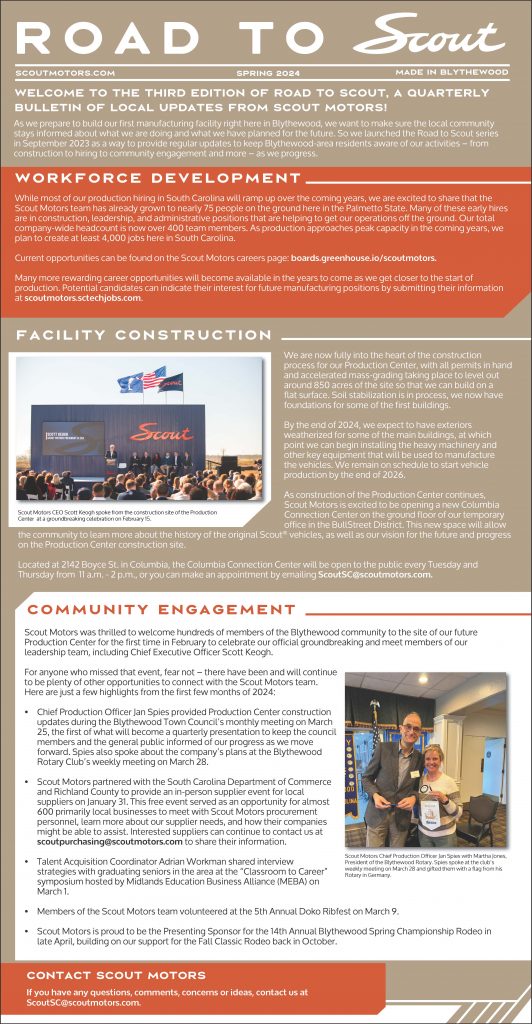Today’s firefighter, with all the new technology and equipment, doesn’t fight the same fires his or her grandfather fought. The house fires of today present new dangers to firefighters and residents. In the homes of yesteryear (we call them legacy-built homes) heavier timber was used in construction, and the furnishings were mostly natural products like wood and cotton. Fires that occurred in these legacy homes burned more slowly and the heavier wood frame withstood flame degradation longer, thereby giving the occupants more time to escape. The fire department had a greater window of opportunity to respond, rescue trapped and injured occupants, extinguish the fire and save the structure.

Pope
Contrast those homes with the homes built today. Most modern homes are built using light-frame construction as opposed to a heavier frame construction. The wood used to construct the frame is smaller, and, as a result, flame degradation is faster, which decreases the amount of time the structure can remain intact under fire conditions. Simply put, it falls down faster. Modern household furnishings also present a new danger. Remember what we said about the furnishings of a legacy home? They were mostly wood and cotton products. What about the furnishings of our modern homes? That’s right, they are mostly man-made products, using petroleum-based products and plastics. When these products catch fire, the smoke and gases produced are deadly within minutes.
In a legacy-built home, engineers and fire service professionals agreed that a resident had 10-15 minutes to escape from when the fire started. In a modern home, that time frame is reduced to 3-5 minutes. That’s right, on average, residents in modern homes have only 3-5 minutes to safely escape from the time the fire starts. Fires in modern homes with modern furnishings burn faster and hotter, and the smoke is deadlier. Last year, there were over 100 fire fatalities in South Carolina. In many cases, the smoke is what killed the resident, not the fire.
In response to this, fire departments continue to stress the importance of early warning devices such as smoke alarms. Working smoke alarms are the homeowner’s first line of defense. There is also a new weapon on the scene to help: home fire sprinklers. Home fire sprinklers will not only keep a fire under control while you and your family escape, but in most cases, they will also extinguish the fire, saving life and property.
What about the costs? Ten-year smoke alarms cost anywhere from $15 to $20, and you can get them at most hardware stores. Home fire sprinkler systems cost as little as $1.50 per square foot if installed during construction. The cost goes up slightly if you retrofit your home. Do the math: if you are building the average 2,000 square foot home, the system that will save you and your family’s life only costs $3,000! Granite countertops cost more than that.
Be reminded that the Fairfield County Fire Service is mostly volunteer. That means that when a fire call is dispatched, the volunteer firefighters are responding from where they are (home, work, running errands, etc.). They have to stop what they’re doing, respond in their personal vehicle to the closet fire station and then get the fire trucks in service. Fairfield County has 120 volunteers, and we need twice that many, so if you are interested in serving your community as a volunteer firefighter, please contact our office today at 803-712-1070.
For those who cannot afford smoke alarms, we have an installation program. Call 803-712-1070. To learn the facts about home fire sprinklers, visit https://scfirefighters.org/resources/fire-sprinklers/










